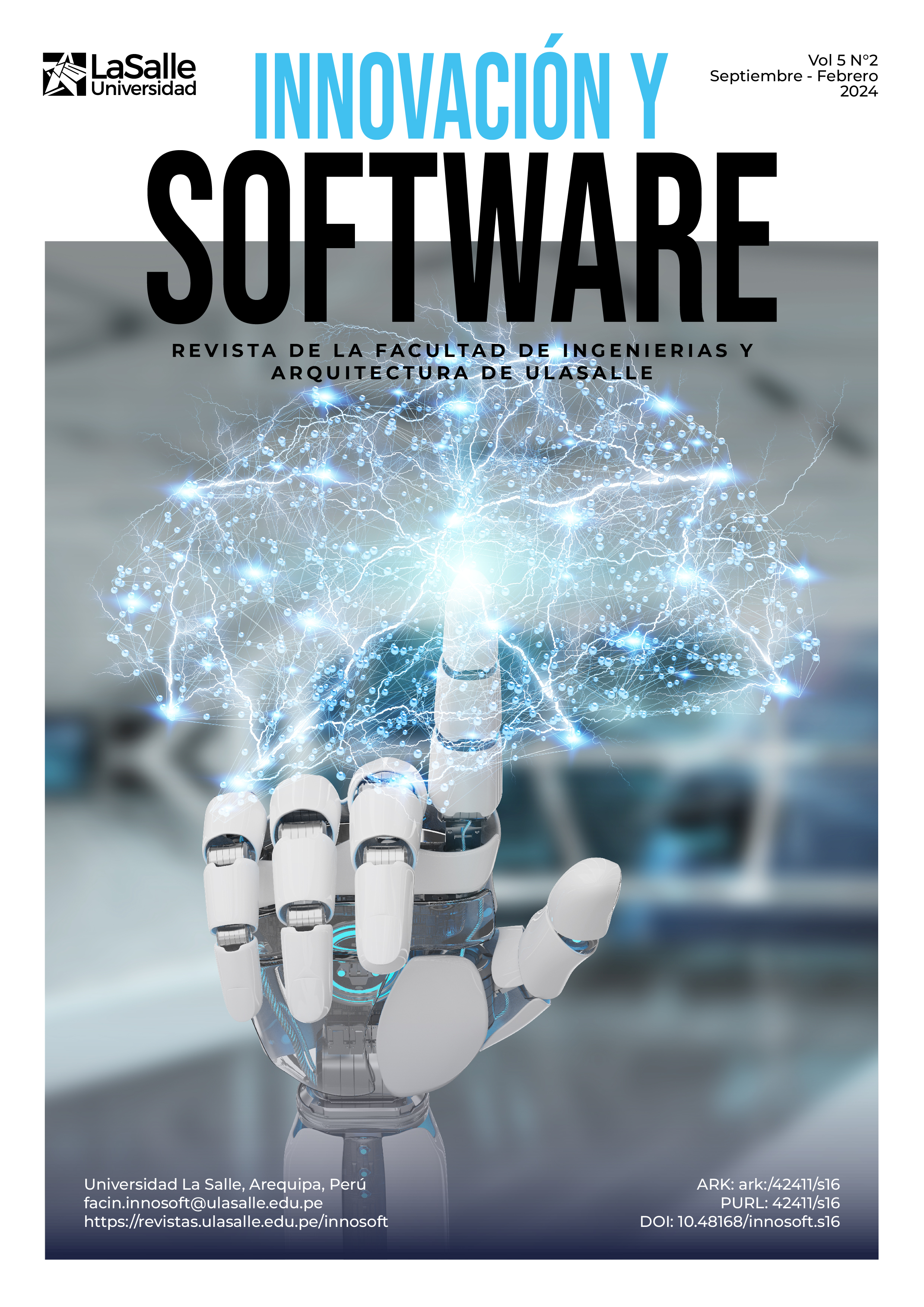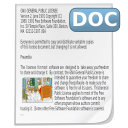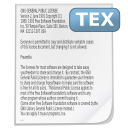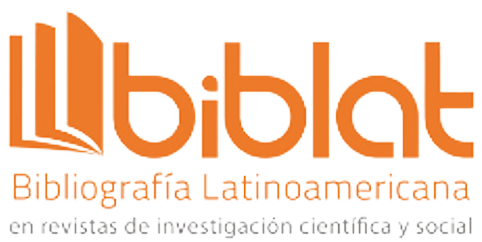Speech and text recognition system: A tool for authentication based on random read
Abstract
The main objective of this paper is the development of a speech and text recognition system to improve security in user identification. For the development of the system, deep learning methodologies and several Python libraries were implemented, including Speech_recognition, Pyttsx3, and Librosa, among others. The system was evaluated in a controlled environment using 50 speech samples, obtaining an accuracy of 74%. The results indicated that 61.53% of the errors were due to failures in voice identification and 30.76% were due to discrepancies in matching the generated text. These findings underscore the overall effectiveness of the system, although they also point to the need to adjust the similarity thresholds and improve the recognition algorithms to increase their accuracy and robustness. It is concluded that the system presents a promising solution for biometric voice authentication, showing a balance between accuracy and areas for improvement that reinforce its usefulness in computer security applications.
Downloads
References
U. Sumalatha, K. K. Prakasha, S. Prabhu, and V. C. Nayak, “A comprehensive review of unimodal and multimodal fingerprint biometric authentication systems: Fusion, attacks, and template protection,” IEEE Access, vol. 12, pp. 64 300–64 334, 2024.
S. Minaee, A. Abdolrashidi, H. Su, M. Bennamoun, and D. Zhang, “Biometrics recognition using deep learning: a survey,” Artificial Intelligence Review, vol. 56, no. 8, pp. 8647–8695, 2023.
W. H. Abdulla, F. Marattukalam, and V. Krivokuča Hahn, “Exploring human biometrics: A focus on security concerns and deep neural networks,” APSIPA Transactions on Signal and Information Processing, vol. 12, no. 1, 2023.
J. Zhang, G. Tu, S. Liu, and Z. Cai, “Audio anti-spoofing based on audio feature fusion,” Algorithms, vol. 16, no. 7, p. 317, 2023.
P. Jiang et al., “Securing liveness detection for voice authentication via pop noises,” IEEE Transactions on Dependable and Secure Computing, vol. 20, no. 2, pp. 1702–1718, 2023.
R. Zhang, Z. Yan, X. Wang, and R. H. Deng, “Livoauth: Liveness detection in voiceprint authentication with random challenges and detection modes,” IEEE Transactions on Industrial Informatics, vol. 19, no. 6, pp. 7676–7688, 2023.
——, “Volere: Leakage resilient user authentication based on personal voice challenges,” IEEE Transactions on Dependable and Secure Computing, vol. 20, no. 2, pp. 1002–1016, 2023.
T. Zeng, “Deep learning in automatic speech recognition (asr): A review,” in Proceedings of the 2022 7th International Conference on Modern Management and Education Technology (MMET 2022). Paris: Atlantis Press SARL, 2023, pp. 173–179.
D. Wang, X. Wang, and S. Lv, “An overview of end-to-end automatic speech recognition,” Symmetry, vol. 11, no. 8, p. 1018, 2019.
J. Li, “Recent advances in end-to-end automatic speech recognition,” https://arxiv.org/abs/2111.01690, 2022, accedido el 22 de octubre de 2023.
O. Adenuga and A. Oduroye, “Biometric authentication: A review,” 08 2023.
M. Labied, A. Belangour, M. Banane, and A. Erraissi, “An overview of automatic speech recognition preprocessing techniques,” in 2022 International Conference on Decision Aid Sciences and Applications (DASA), 2022.
P. Masci and C. A. Muñoz, “An integrated development environment for the prototype verification system,” Electronic Proceedings in Theoretical Computer Science, vol. 310, pp. 35–49, 2019.
C. P. Ivet, D. R. Yanet, and B. G. Roberto, “El lenguaje de programación python,” Ciencias Holguín, 2014.
G. D. Raúl, Python para todos. Creative Commons Reconocimiento, 2011.
S. M. M. Soldara, D. E. Campos Camacho, C. A. M. Guzmán, J. L. Torres Ramírez, J. Luís, and H. Chávez, “Selección de una herramienta de reconocimiento de voz analizando sus características,” Tecnológico Nacional de México en Celaya Pistas Educativas, vol. 2023, no. 146, 2023
Copyright (c) 2024 Innovation and Software

This work is licensed under a Creative Commons Attribution 4.0 International License.
The authors exclusively grant the right to publish their article to the Innovation and Software Journal, which may formally edit or modify the approved text to comply with their own editorial standards and with universal grammatical standards, prior to publication; Likewise, our journal may translate the approved manuscripts into as many languages as it deems necessary and disseminates them in several countries, always giving public recognition to the author or authors of the research.
























